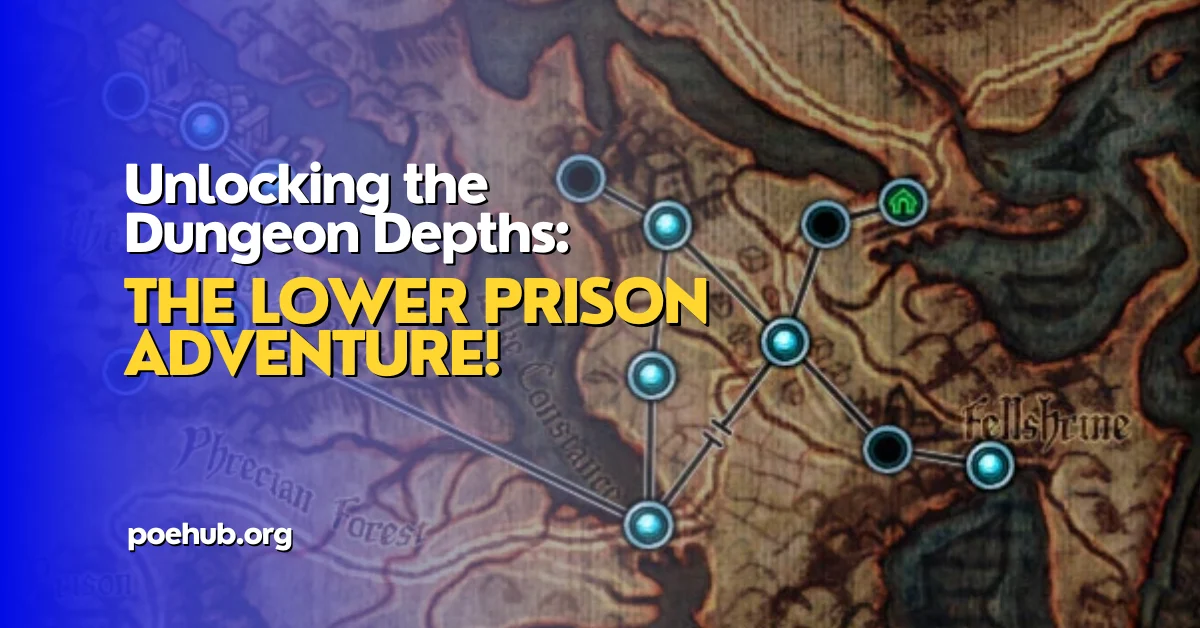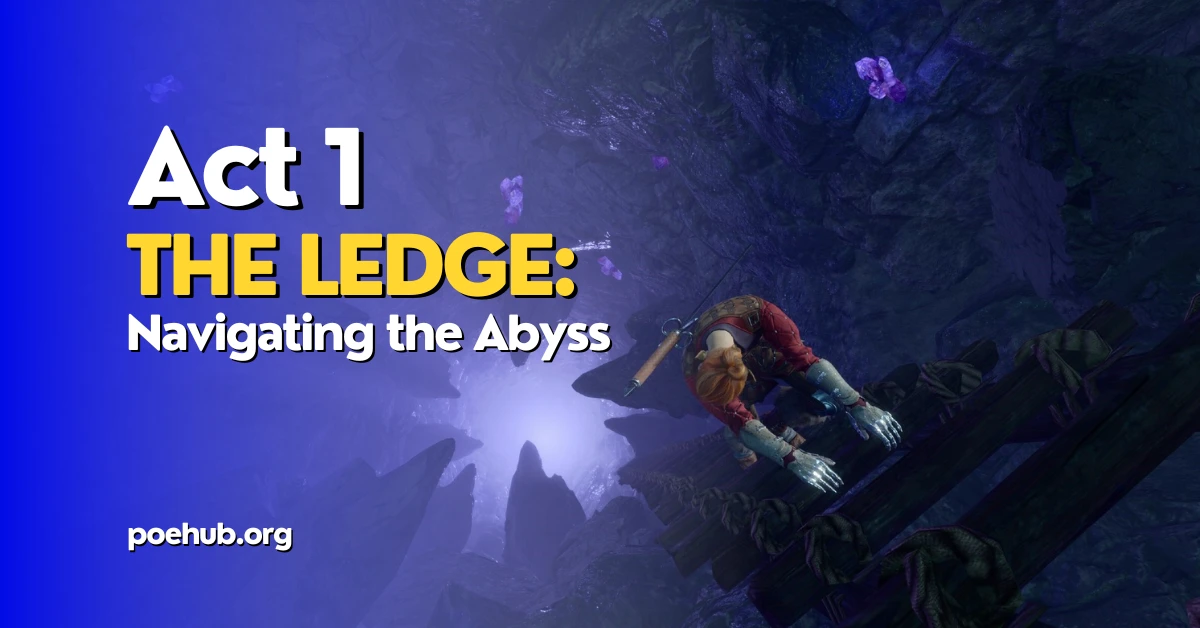Nature enthusiasts and adventure seekers alike are always on the lookout for hidden gems that showcase the Earth’s diverse landscapes.
One such treasure is Mudflats Waypoint, a captivating destination that offers a unique blend of natural beauty and ecological significance.
Situated in [Location], Mudflats Waypoint has become a haven for those seeking a peaceful escape and a chance to connect with the wonders of the natural world.

What is Mudflats Waypoint?
The term “Mudflats Waypoint” can have two meanings, depending on the context:
- Mudflats as a location in Path of Exile:
In the action role-playing game Path of Exile, the Mudflats is an area located in Act 1. It is a swampy zone filled with dangerous creatures, and it serves as a transition point between The Coast, The Fetid Pool, and The Submerged Passage.
However, it’s important to note that the Mudflats itself does not have a waypoint. In earlier versions of the game, there was a waypoint located within the Mudflats, but it was later removed and relocated to The Coast.
- 2. Mudflats Waypoint as a general term:
In a more general sense, a “mudflats waypoint” could refer to any type of marker or signpost that is located in a mudflat area. This could be a physical waypoint, such as a pole or a cairn, or it could be a virtual waypoint, such as a GPS coordinate or a map marker.
Mudflat waypoints are often used by hikers, fishermen, and other outdoor enthusiasts to help them navigate their way through the often-treacherous terrain of mudflats. They can also be used to mark important locations, such as the start or end of a trail, or a particular fishing spot.
What is the purpose of the mudflats?
In protected, low-energy coastal habitats like estuaries, where they may make up the majority of the intertidal area, fine silts and clays settle to form mudflats. Mudflats are essential for coastal defense because they collect wave force.
Mudflats serve a variety of important purposes, both ecological and physical. Here are some key ones:
1: Ecological importance:
- Habitat for diverse wildlife: Mudflats provide critical habitat for a vast array of creatures, including invertebrates like worms, crabs, and mollusks, as well as fish, birds, and even some mammals. These mud-dwelling creatures form the base of the food chain, supporting larger animals higher up.
- Nursery grounds: Many commercially important fish and shellfish species rely on mudflats as nursery grounds, spawning and raising their young in the sheltered and food-rich environment.
- Resting and feeding grounds for migratory birds: Mudflats play a vital role for millions of migratory shorebirds, providing essential stopover points for resting and refueling during their long journeys. Some mudflats host internationally significant populations of these birds.
- Water filtration: The fine particles in mudflats act as natural filters, trapping pollutants and excess nutrients from runoff water, helping to maintain water quality in coastal ecosystems.
2: Physical importance:
- Coastal protection: Mudflats act as natural buffers against waves and storms, dissipating wave energy and protecting shorelines and inland areas from erosion and flooding. This becomes even more critical as sea levels rise due to climate change.
- Sediment storage: Mudflats trap sediment carried by rivers and tides, preventing it from smothering important ecosystems like coral reefs and seagrasses.
However, mudflats face various threats, including:
- Habitat loss: Reclamation for development, pollution, and unsustainable fishing practices can all contribute to the loss of mudflat habitat.
- Sea level rise: Rising sea levels can inundate mudflats, squeezing them towards the shore and potentially leading to their disappearance.
It’s important to recognize the value of mudflats and protect them for the benefit of both the environment and humans.
The Geography of Mudflats Waypoint:
Mudflats Waypoint is nestled in a [describe the geographical features, such as coastal areas, wetlands, or estuaries]. The region’s landscape is characterized by expansive mudflats, creating a mesmerizing interplay between land and water.
The area is a crucial habitat for numerous species of flora and fauna, making it an ideal spot for nature enthusiasts, bird watchers, and ecologists.
Flora and Fauna:
One of the main attractions of Mudflats Waypoint is its rich biodiversity. The mudflats serve as a feeding ground for a variety of migratory birds, creating a haven for ornithologists and bird watchers.
During certain times of the year, visitors can witness the sky filled with the graceful flight of flocks of birds, creating a spectacle that is both awe-inspiring and humbling.
The plant life in Mudflats Waypoint is equally fascinating. [Include details about the unique plant species, if any, and their adaptations to the mudflat environment].
This delicate balance of flora and fauna creates a harmonious ecosystem that is a testament to the resilience and interconnectedness of nature.
Recreational Activities:
Mudflats Waypoint provides a range of recreational activities for visitors looking to engage with the outdoors. Hiking trails offer stunning views of the mudflats, providing an opportunity to appreciate the natural beauty while enjoying a brisk walk.
Bird watching platforms strategically placed along the trails allow enthusiasts to observe and photograph the diverse birdlife.
For those interested in a more immersive experience, guided tours are available, providing insights into the geological and ecological significance of Mudflats Waypoint. Additionally, kayaking or boating through the waterways allows visitors to explore the nooks and crannies of this unique ecosystem.
Conservation Efforts:
Recognizing the ecological importance of Mudflats Waypoint, local conservation efforts have been put in place to protect and preserve this natural wonder.
Educational programs, workshops, and community engagement initiatives aim to raise awareness about the delicate balance of the ecosystem and the importance of sustainable practices to ensure its long-term survival.
Conclusion
Mudflats Waypoint stands as a testament to the beauty and diversity of our planet. As a destination that seamlessly blends natural tranquility with ecological significance, it offers a unique opportunity for visitors to connect with nature on a profound level.
Whether you are an avid bird watcher, a nature enthusiast, or simply someone seeking a serene escape, Mudflats Waypoint promises an unforgettable experience that highlights the wonders of our natural world.
FAQS (Frequently asked questions)
Q#1: What is a mudflats waypoint?
A mudflats waypoint is a navigational reference point typically located in coastal areas with mudflat terrain. Mudflats are tidal flats consisting of soft, muddy sediment that is exposed during low tide and submerged during high tide. Waypoints in these areas are used for navigation, often marked by distinctive features or coordinates to guide sailors, hikers, or researchers through the unique challenges posed by mudflat environments.
Q#2: How are mudflats waypoints utilized in navigation?
Mudflats waypoints play a crucial role in navigation, especially for mariners and outdoor enthusiasts. These waypoints can be identified using geographical coordinates, landmarks, or digital mapping systems. Sailors may use them to avoid grounding during low tide, while hikers or researchers rely on these points for safe passage through the often treacherous and shifting mudflat landscapes.
Q#3: What challenges do mudflats waypoints address?
Mudflats present challenges due to their dynamic nature, with changing tides and soft sediment. Waypoints help mitigate these challenges by providing reference points for navigation, aiding in avoiding shallow areas, and preventing vessels from becoming stranded during low tide. Additionally, they assist researchers and environmentalists in conducting studies and monitoring activities in these sensitive ecosystems.
Q#4: Are mudflats waypoints only relevant for maritime purposes?
While mudflats waypoints are essential for maritime navigation, their relevance extends beyond the sea. Researchers, scientists, and nature enthusiasts also use these waypoints for activities such as bird watching, ecological studies, and environmental monitoring. Mudflats are often rich in biodiversity, and waypoints facilitate safe exploration and research while minimizing the impact on these delicate ecosystems.
Recent Posts
- The Climb POE: Exploring Path of Exile’s,
- Dive into Delight: The Charm of the Submerged Passage
- Gateway to Freedom: The Liveliness of the Prisoner’s Gate
- Muddy Wonders: Unraveling the Charms of The Mud Flats
- Unlocking the Dungeon Depths: The Lower Prison Adventure!

My name is Latonia, I am a content writer who can simply write any complex topic. Emphasize providing helpful tips and strategies throughout my articles.



